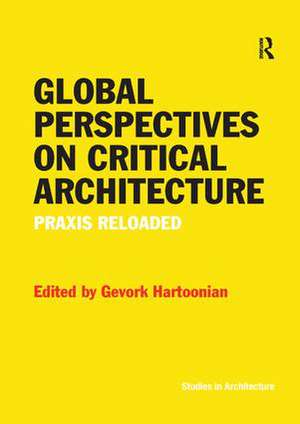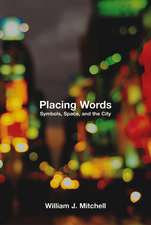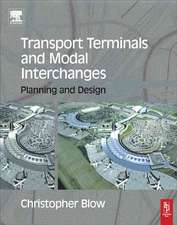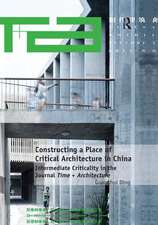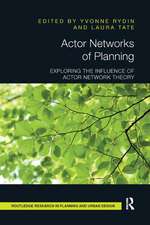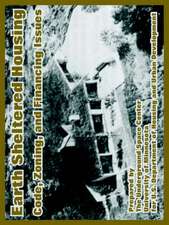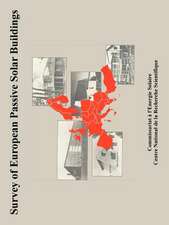Global Perspectives on Critical Architecture: Praxis Reloaded
Autor Gevork Hartoonianen Limba Engleză Paperback – 12 oct 2017
| Toate formatele și edițiile | Preț | Express |
|---|---|---|
| Paperback (1) | 325.34 lei 6-8 săpt. | |
| Taylor & Francis – 12 oct 2017 | 325.34 lei 6-8 săpt. | |
| Hardback (1) | 767.20 lei 6-8 săpt. | |
| Taylor & Francis – 3 noi 2015 | 767.20 lei 6-8 săpt. |
Preț: 325.34 lei
Preț vechi: 371.71 lei
-12% Nou
Puncte Express: 488
Preț estimativ în valută:
62.25€ • 65.23$ • 51.46£
62.25€ • 65.23$ • 51.46£
Carte tipărită la comandă
Livrare economică 12-26 aprilie
Preluare comenzi: 021 569.72.76
Specificații
ISBN-13: 9781138573376
ISBN-10: 113857337X
Pagini: 246
Dimensiuni: 174 x 246 mm
Greutate: 0.45 kg
Ediția:1
Editura: Taylor & Francis
Colecția Routledge
Locul publicării:Oxford, United Kingdom
ISBN-10: 113857337X
Pagini: 246
Dimensiuni: 174 x 246 mm
Greutate: 0.45 kg
Ediția:1
Editura: Taylor & Francis
Colecția Routledge
Locul publicării:Oxford, United Kingdom
Notă biografică
Gevork Hartoonian is Professor of History and Theory of Architecture, and Course Convener of Master of Architecture at the University of Canberra, Australia. His research is focused on a critical archaeology of modern architecture’s appropriation of the nineteenth-century architectural discourses, the tectonics in particular. Hartoonian has contributed to numerous books, journal essays, conference proceedings, and is the author of several books, including Architecture and Spectacle: a critique, Ashgate, 2012; The Mental Life of the Architectural Historian (pp.bk, 2013, 2011), Walter Benjamin and Architecture (pp.bk 2013, 2010), and Ontology of Construction (1994) a Korean edition of which was published in 2010. He was the 2013 visiting professor of architecture at Tongji University, Shanghai, China.
Recenzii
’Globalization is the watchword of the 21st century from which nothing seems immune. Architecture in this new world vision awaits significant theoretical analysis, a vacuum that Global Perspectives on Critical Architecture: Praxis Reloaded addresses with rare critical depth. After decades of introverted and unengaged criticality discourse of the Any and Assemblage ilk, Hartoonian’s collection of essays finally offers a rich array of themes and ways of approaching specific projects, including the IBA, Bilbao’s Guggenheim, Parc La Villette, contemporary Chinese architecture, and many others. From the thoughtful interviews with Kenneth Frampton and Mary McLeod to the probing dissections of the culture of late capitalism and globalization of Simone Brott, Esra Ackan, and especially Peggy Deamer and Nadir Lahiji, the reader finds a newly problematized approach to the relation of architecture to globalization.’ Diane Ghirardo, University of Southern California, USA
Cuprins
Introduction, Gevork Hartoonian; Chapter 1 Three Easy Fragments: Towards the Formation of Critical Architecture, Gevork Hartoonian; Chapter 2 Globalization and the Fate of Theory, Peggy Deamer; Part I Kenneth Frampton; Chapter 3 The Unsung Role of Metonymy in Constructing Sites of Exception: Ekphrasis, Divination, Epiphany, Donald Kunze; Chapter 4 Exit Implies Entries Lament: Open Architecture in John Hejduk’s IBA-1984/87 Immigrant Housing, Esra Akcan; Part II Mary Mcleod; Chapter 5 The Iconic and the Critical, Simone Brott; Chapter 6 The City in the Traumatic Scene of Modernity: On Critical Practice of Eingedenken, Nadir Lahiji; Part III Bernard Tschumi; Chapter 7 A Critical Assessment of Italian Architecture Since 1985, Marco Biraghi, Silvia Micheli; Chapter 8 “Toward a Civil Architecture”: Memorandum of a Critical Agenda in Contemporary Chinese Architecture, Wang Jun-Yang, He LiuPart IV Mark Wigley;
Descriere
Judging from the debates taking place in both education and practice, it appears that architecture is deeply in crisis. New design and production techniques, together with the globalization of capital and even skilled-labour, have reduced architecture to a commodified object, its aesthetic qualities tapping into the current pervasive desire for the spectacular. These developments have changed the architect’s role in the design and production processes of architecture. Bringing together essays and interviews from leading scholars such as Kenneth Frampton, Peggy Deamer, Bernard Tschumi, Donald Kunze and Marco Biraghi, this volume investigates and critically addresses various dimensions of the present crisis of architecture.
